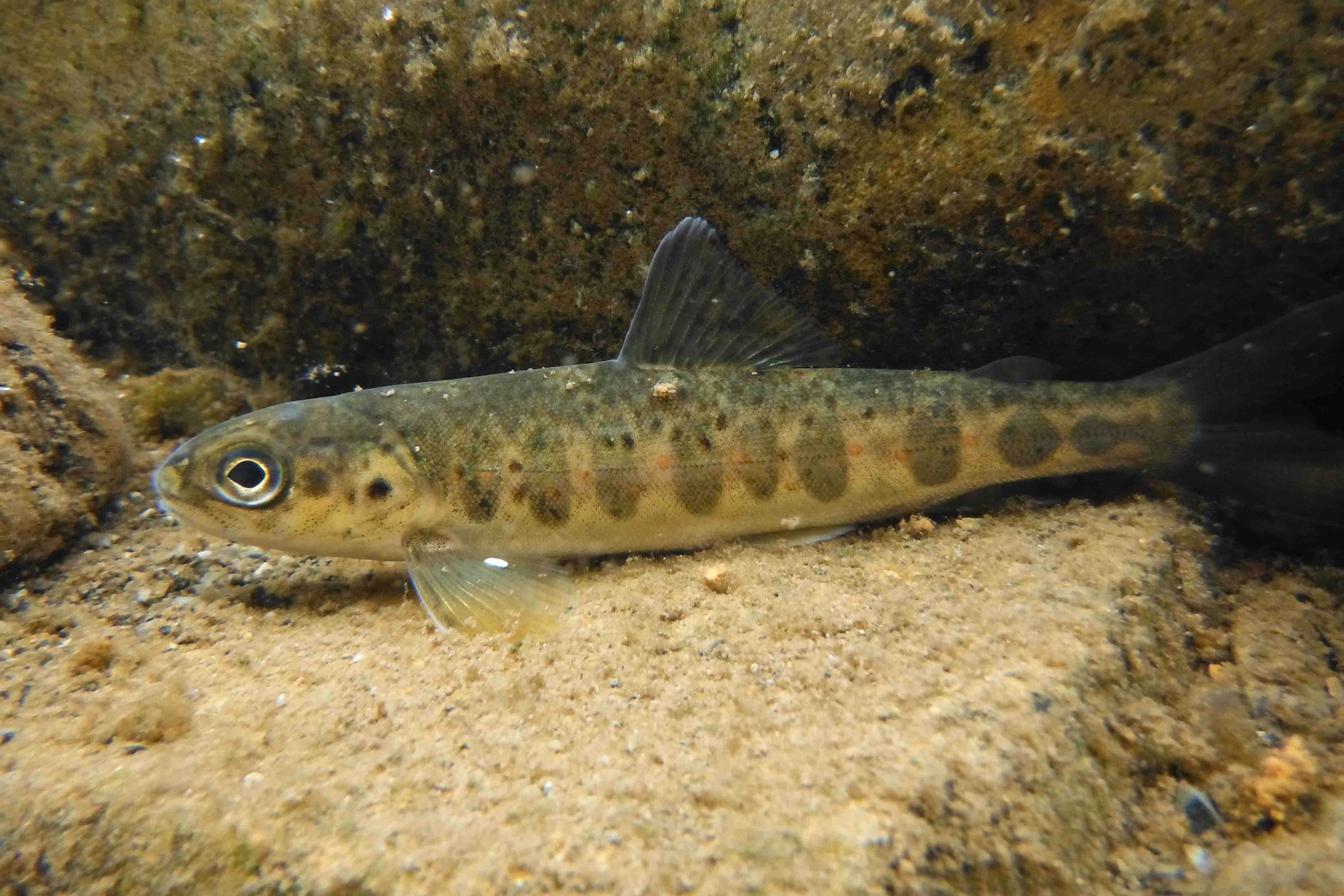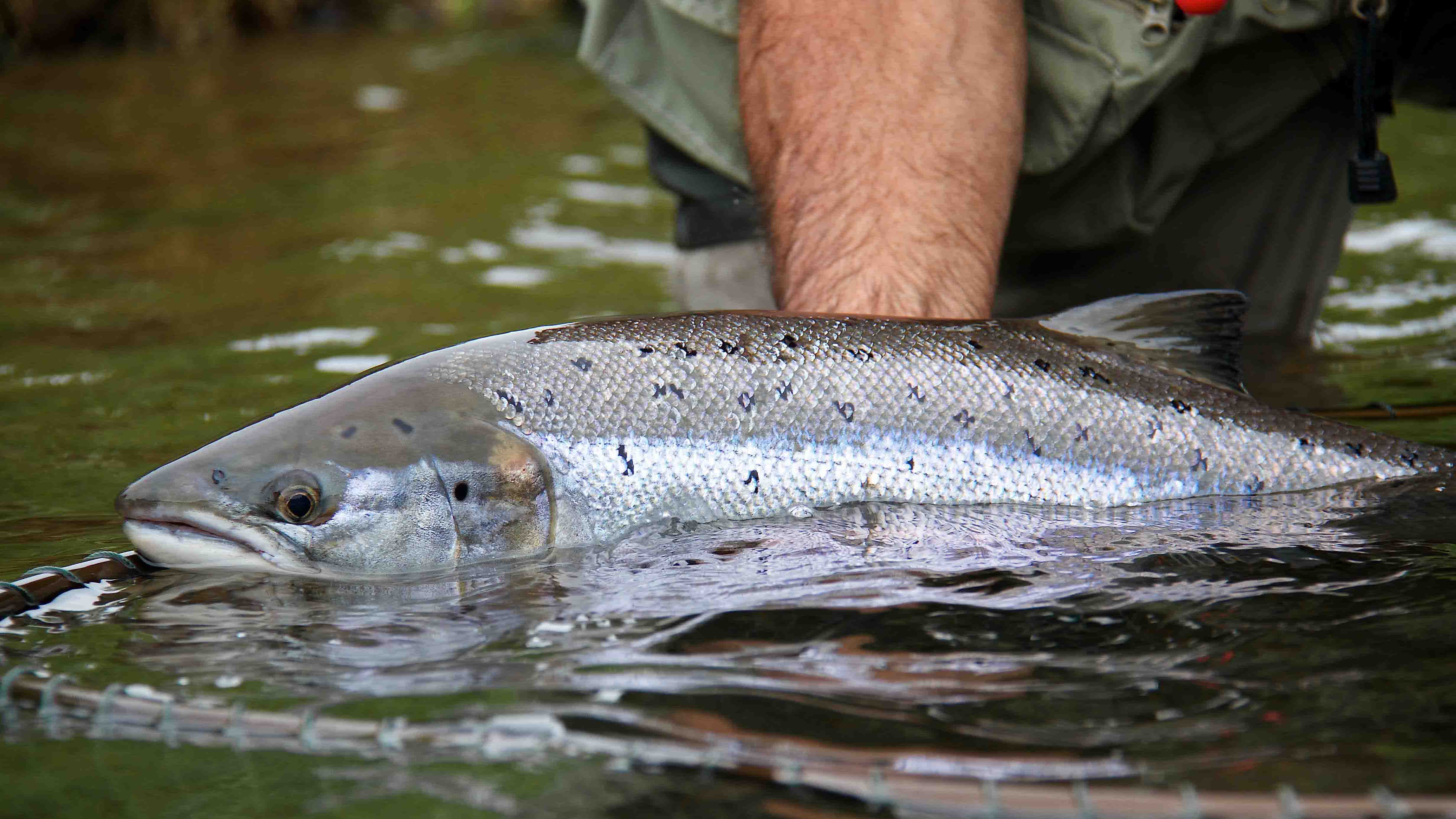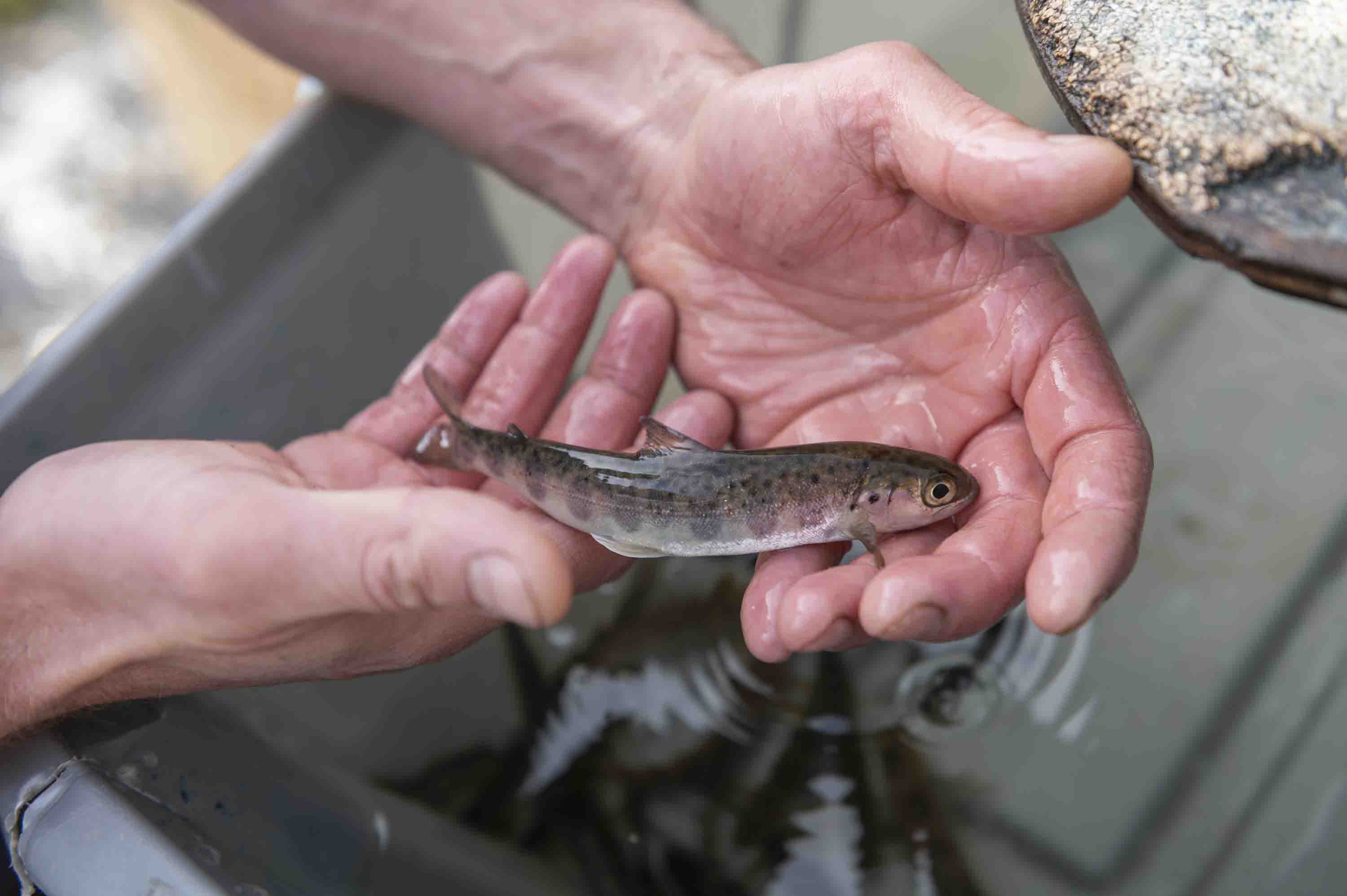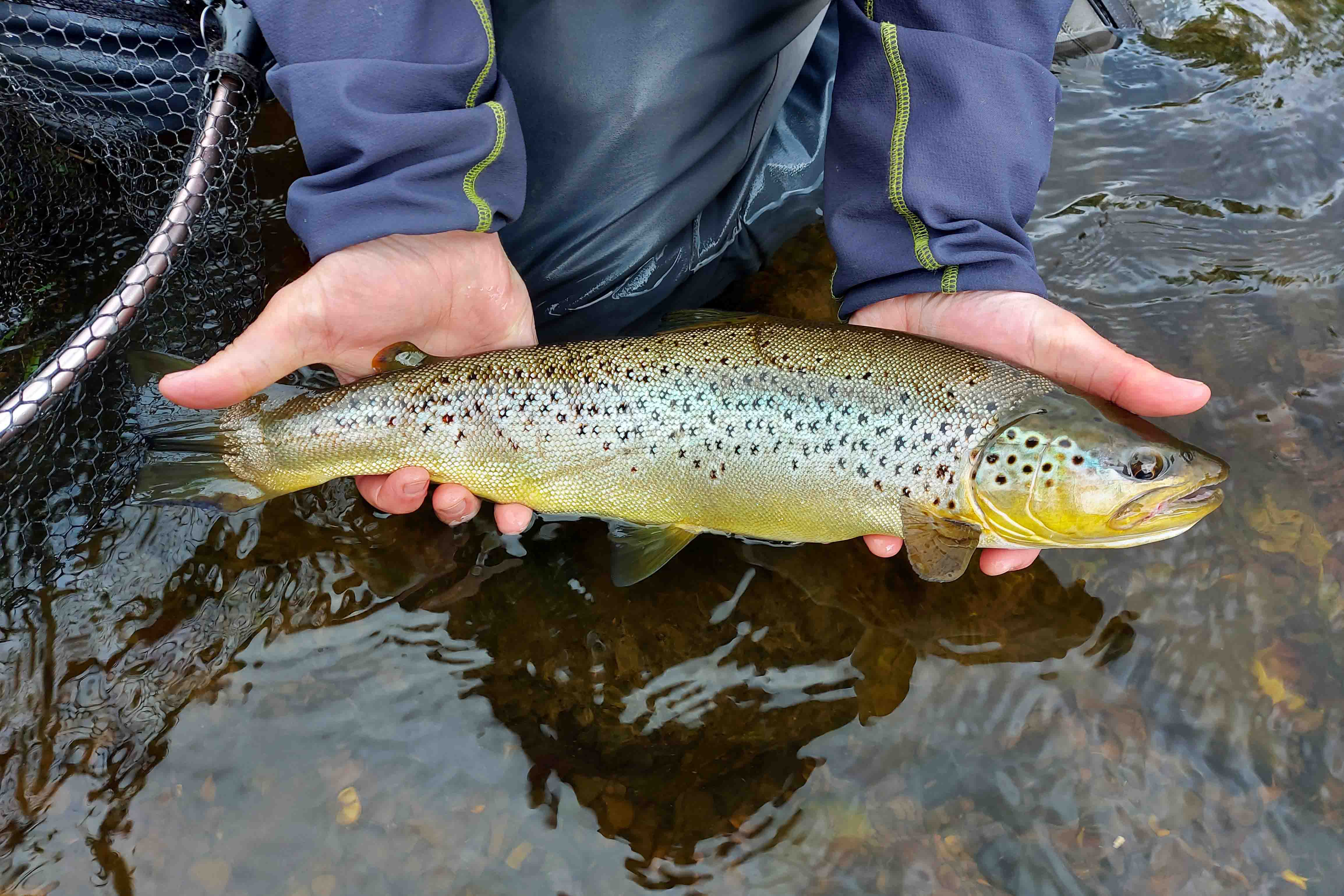Tweed Fisheries Management Plan
The Tweed Fisheries Management Plan formulates fisheries management policy on the River Tweed. It was first published in 1990 but has since been reviewed every five years, so is now in it's sixth edition. The Plan arranges and orders the gathering of the evidences needed to (a) assess the present conditions of the different stocks of the exploited fish species of the Tweed, comparing these (where possible) with what they were in the past, and (b) assess if the stocks are at their full capacity.
On the basis of these assessments and comparisons, an appropriate management level for each stock can be recommended to the River Tweed Commission (RTC). The purpose of these Management Levels is either to ensure enough fish of each Salmon, Sea-trout and Brown trout stock survive all the pressures on them to fully stock their spawning areas for their next generations and maximise their production or to make progress towards such conditions.
Management Plan Inputs
The function of the Management Plan is to set out the policies that are to be followed over its five year life-span in order to gather the information needed as the Management Plan's "inputs". These "inputs" are information on:
The different stocks of fish and their home areas,
The quality and quantity of their nursery habitats,
The extent and state of their juvenile habitats and trends in their abundance,
The extent and effect of fisheries on the adults and their stock structure and analyses of past catch records,
The exploitation rates of the fisheries on each stock, and
The numbers of adults within populations escaping to sawn.
These inputs are applied to each exploited fish stock – Salmon, Sea trout and Brown trout.


Management Plan Outputs
The “outputs” of the Management Plan are the packages of policies and works targeted at achieving the two basic aims: ensuring that enough spawners of each fish stock reach their spawning grounds and maximising the production of juveniles (and smolts) from these.
The Management Plan therefore has two main “outputs”:
Ensuring sufficient spawning escapement, and
Maximising the survival of juveniles.
These two outputs should result in both the preservation of the diversity of the Tweed’s Salmon, Sea trout and Brown trout stocks and maximisation of their abundances.
Current Work Priorities for the Tweed Foundation
Not all the policies will be put into operation during the Plan's five year life-span as some may need particular opportunities to arise before becoming practicable, or more funding. Meetings between the Trustees of the Tweed Foundation and the Committee of the RTC are therefore held each year to see which parts of the Plan can be executed and what the work priorities for the Tweed Foundation should be. The current work priorities and how each links to the Management Plan can be seen below.
Investigate smolt survival in the river (Policy 2C.2),
Organise the Gala Water as a monitored river for the catchment (Policy 2F.2),
Continue the regular monitoring programme for juvenile Salmon and Trout (Policy 2C.1),
Future proofing the catchment against increasing water temperatures (Policy 1B.2), and
Investigate areas of the catchment where fry numbers are fewer than are generally found in the catchment (Policy 2C.4).


Tracking adult Brown trout to identify migration patterns (Policy 4A.3),
Operation of fish traps to study Trout stock structure (Policy 4A.4),
Adult Salmon sampling using rod fisheries trial (Policy 2D.3),
Floy tagging rod caught adult Salmon (Policy 2E.1), and
Operate and maintain fish counters (Policy 2F.1).
6th Edition of the Tweed Fisheries Management Plan
The different sections of the current Plan can be viewed below.